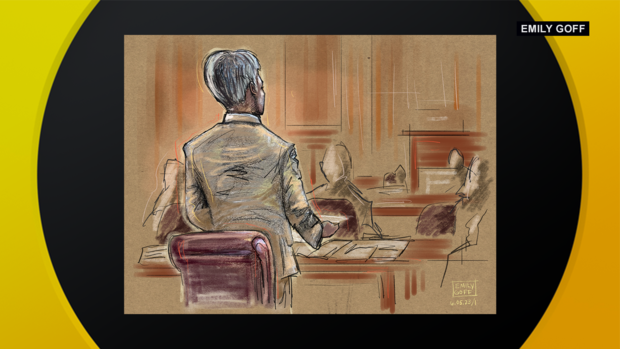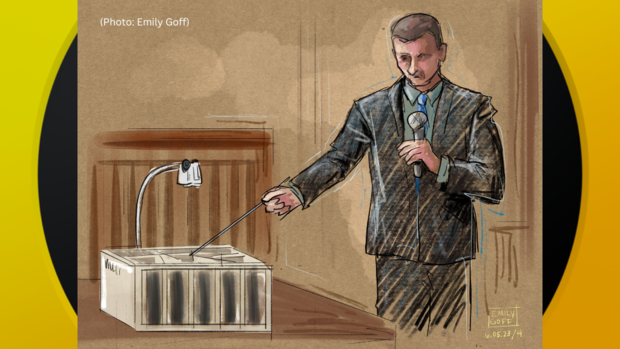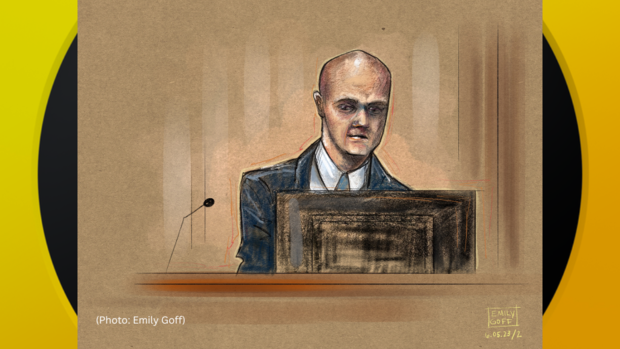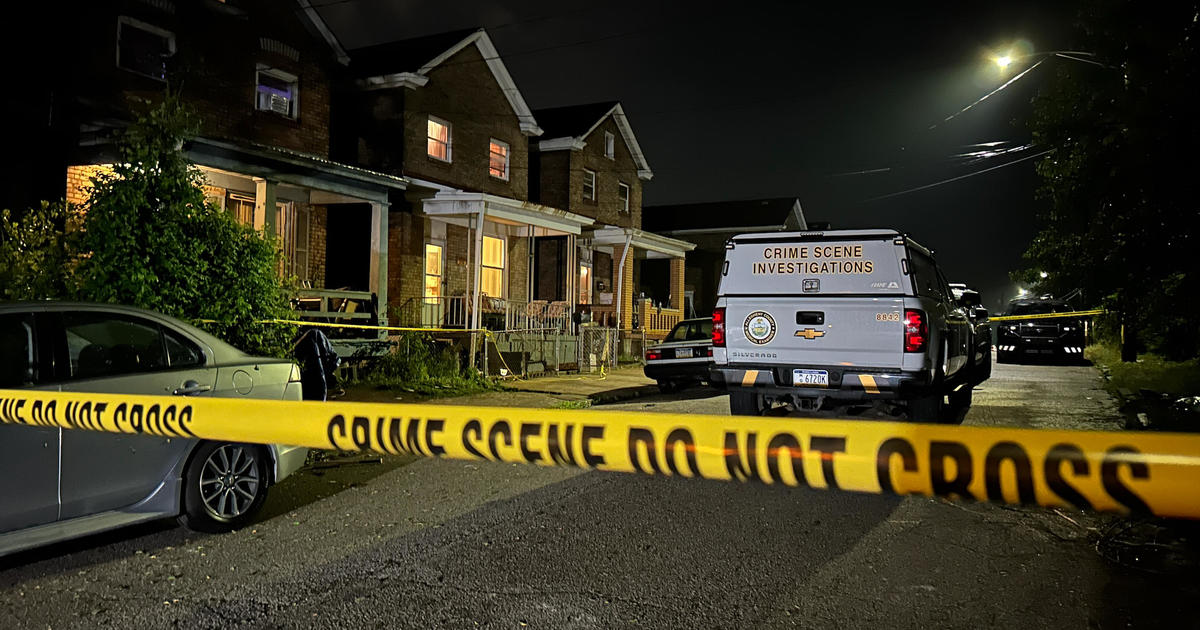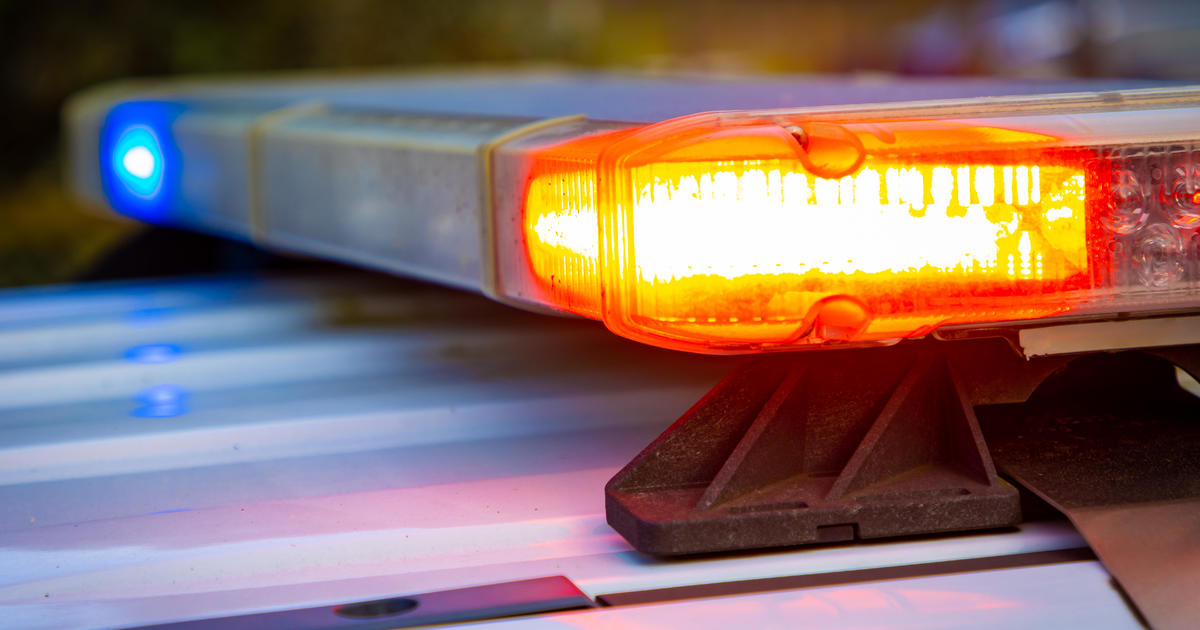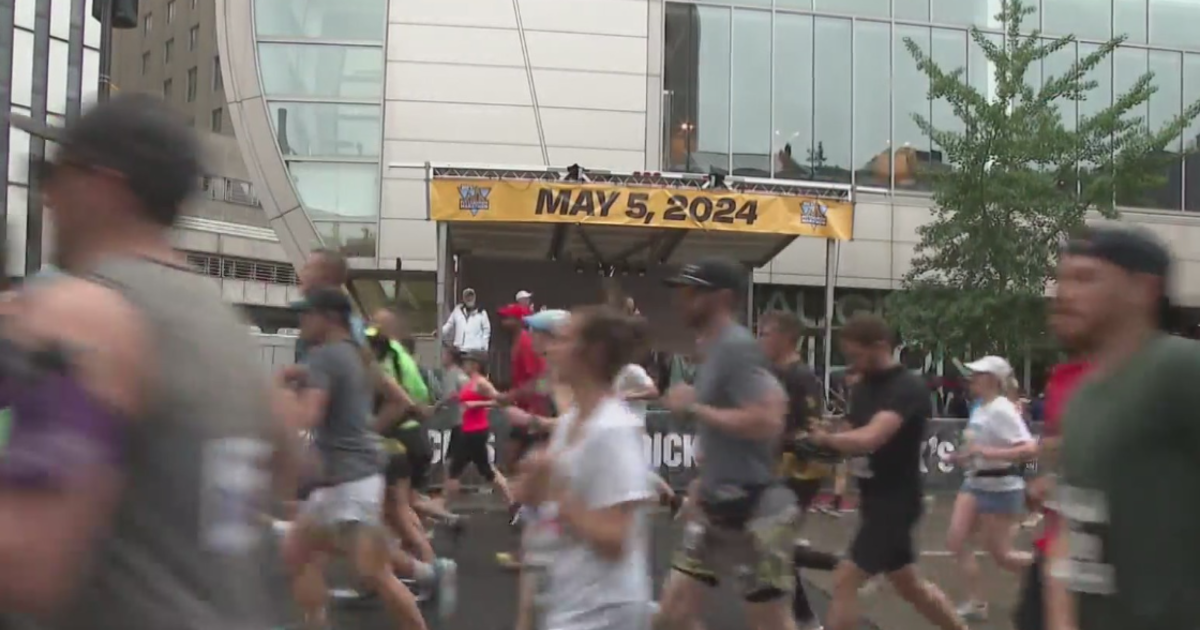Pittsburgh synagogue shooting trial: SWAT officers testify about confronting gunman as jury sees graphic images
PITTSBURGH (KDKA) -- The second week of testimony is underway in the Pittsburgh synagogue shooting trial.
Last week's testimony wrapped up with the first officers at the scene describing for the jury what happened when they first encountered the gunman. They testified that the suspect identified himself and cited contempt for Jews as the reason for the attack.
The alleged gunman is accused of killing 11 people at the synagogue, which housed three congregations, on Oct. 27, 2018. It was the deadliest antisemitic attack in U.S. history.
Over the next few days, the prosecution plans to show more than a dozen images that show in graphic detail the wounds inflicted by the gunman on the 11 fatal victims of the synagogue massacre.
The defense filed a motion Sunday night they should not be shown at all. Ashwin Cattamanchi told the court that such images would "stir up the jury's emotions" and "prejudice" the defendant.
"They have no evidentiary value. They're only being introduced to stir up emotion, passion and prejudice," he argued. "We do believe the government has sufficient other evidence to establishing the time and manner of death."
Prosecutor Soo Song said it was necessary to show the actions of the defendant in reality.
"This is not a neat and sanitary crime scene. There are 11 victims. The reason there are a lot of images is because the defendant shot a lot of people," Song said.
Judge Robert Colville agrees.
"They are graphic, and I would not expose anyone on the jury more than necessary, but they are necessary," he said.
The jury saw the first of these images during the testimony of SWAT pfficer Michael Saldutte, who testified he encountered three dead bodies upon entering the building. The jury saw two pictures of a woman shot in the head.
One jury member grimaced, but there was no audible response and most appeared to stoically look at the pictures and continue to listen to the testimony. However, after a break in the testimony, the judge ordered an early lunch break and asked for a nurse.
Saldutte continued with his dramatic testimony leading to the capture of the gunman in an upstairs room. Saldutte described following fellow SWAT officer Tim Matson into the room where the gunman had barricaded himself.
"No sooner had he stepped into the room, I saw his body and head turn left and he went straight down," Saldutte said. "I could see his pant legs were actually puffing up and there were holes in his pants. He was being shot."
Saldutte was asked if he heard the shots, and he said no. He went on to describe a state of what he called "spontaneous fear" where time becomes distorted, you have tunnel vision and lose your ability to process sound. Still, he laid down in front of Matson to shield him, saying it was his job.
The room was pitch black and filled with gunsmoke but Saldutte said he could see a muzzle flash coming from the corner of the room and began firing at it. The muzzle flashes began to move and he tracked it with his fire as it moved left and right until he ran out of ammunition.
"It was the worst feeling in my life," he testified. "To run out of ammunition and my friend wounded, it was the worst feeling I'd ever had."
Saldutte crawled out of the room and other officers dragged Matson to safety. Saldutte reloaded his gun and returned for a second gun battle with the suspect, eventually wounding the suspect, who surrendered. Saldutte said the defendant immediately cited his contempt for Jews as the reason for the attack.
"He specifically said -- and I'll never forget this -- 'Jews are killing our woman and children and I had to do this,'" he said.
SWAT team medic Eric Barazotto testified when he entered the synagogue, he encountered five bodies and found no signs of life. Brutal pictures of each were shown on the jury's screens and under questioning, Barazotto gave detailed descriptions of their appearances and their fatal injuries, most of which were devastating head injuries.
Barazotto and SWAT medic Justin Sypolt described scenes of horror and the prosecution showed the jury disturbing pictures of those who perished from devastating wounds.
But Barazotto and Sypolt also rescued Dan Leger who was gravely wounded with a gunshot to the abdomen. The prosecution played a 911 tape of Sypolt shouting, "I got one alive."
"I fully expected he was deceased," Sypolt testified. "But he looked up at me and reached up to me. I was very surprised."
Assessing Leger, Sypolt told SWAT Commander Stephen Mescan that Leger needed immediate attention at a trauma center to which Mescan replied, "Make it happen."
Both Barazotto and Sypolt can be seen on bodycam video carrying Leger to an ambulance.
Recapping the trial
During the first week of the trial at the federal courthouse in Pittsburgh, opening statements were delivered by prosecutors and defense attorneys, followed by two days of testimony from survivors and testimony from a police officer who was wounded while responding to the synagogue.
There is little question about the defendant's guilt. Rather, the case is about whether he will get the death penalty. In her opening statements, defense attorney Judy Clarke readily admitted that the defendant was responsible for the carnage, calling his actions immeasurable and inexcusable.
Most of the victim's families have said they support the death penalty in this case.
Support is available for those in need during the trial
If you or someone you know is experiencing mental health effects from the trial, go to 1027healingpartnership.org to find help resources. As always, call 911 to report threats.
Phone: 412-697-3534
Email: info@1027HealingPartnership.org
Website: 1027healingpartnership.org
More resources can be found here.
